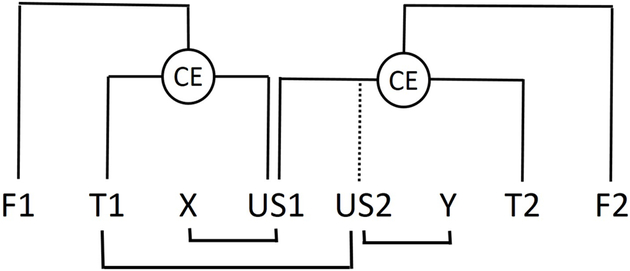Figure 3. Associative structure in multiple feature training.
Representation of associative structure after multiple feature positive (FP) or feature negative (FN) discriminations (after Estes, 1969). US1/US2 refer to two different unconditioned stimuli, and X and Y refer to stimuli separately paired with US1 or US2, respectively. F1/F2 and T1/T2 refer to the features and targets (respectively) used in two separate FP or FN discriminations. The circles labeled CE refer to control elements established as a result of this training, which modulate the associations between T1 and US1 and between T2 and US1 or US2 (dotted lines). See the section “Loci of action of occasion setters and simple CSs” for more explanation.

